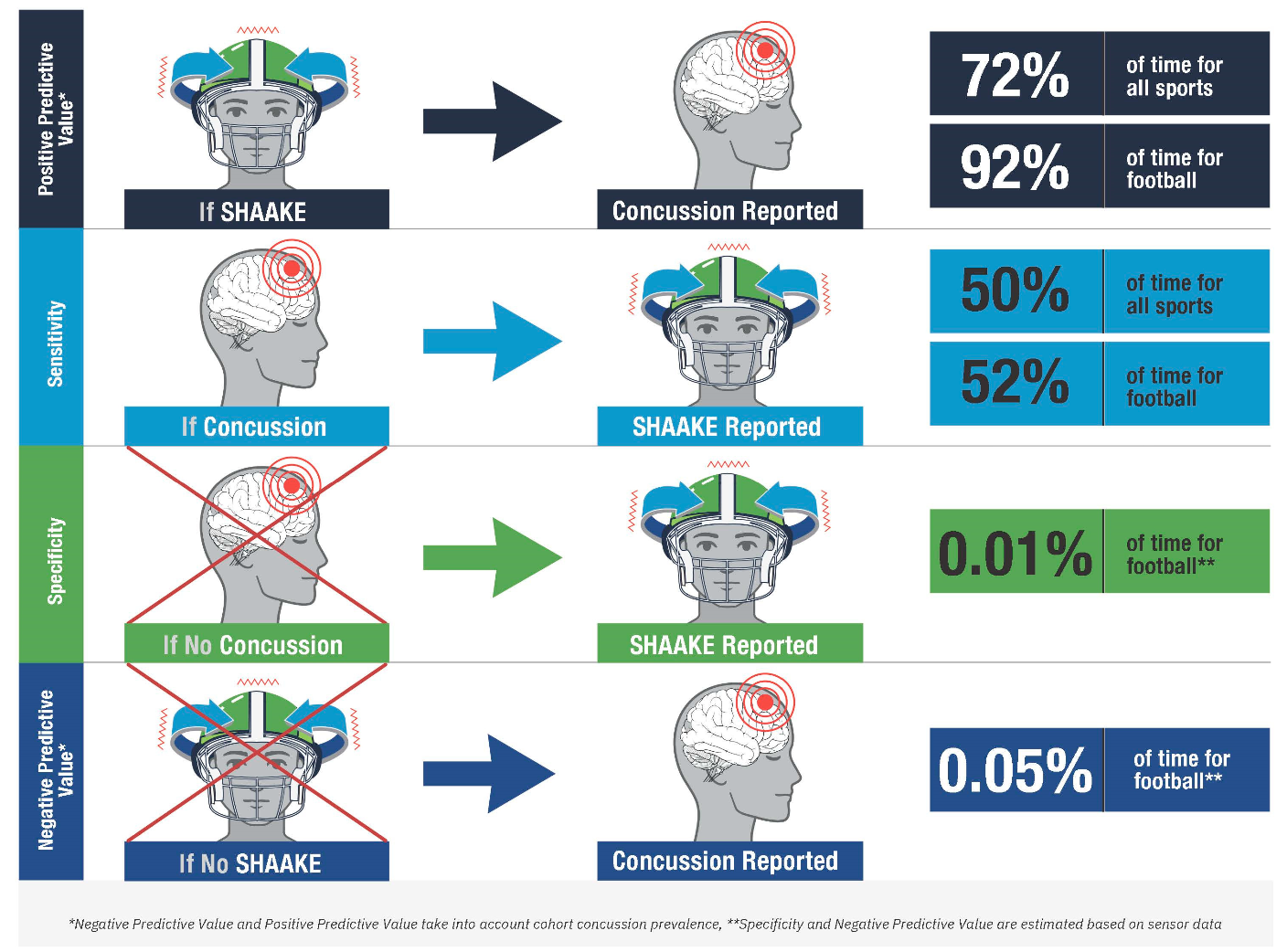Exploring SHAAKE: A New Diagnostic Tool for Concussion
Concussions are notoriously difficult to diagnose, often relying on self-reported symptoms and subjective assessments, which can lead to missed or delayed diagnoses. A recent study published in Diagnostics (2024) by Nowinski, Bureau, Rhim, Zafonte, Cantu, and Daneshvar introduces an innovative diagnostic sign called SHAAKE—Spontaneous Headshake after a Kinematic Event—which could revolutionize concussion detection. This promising new indicator shows potential to aid in the early identification and treatment of concussions, particularly in high-impact sports and other settings where concussions are common.
What is SHAAKE?
SHAAKE stands for Spontaneous Headshake after a Kinematic Event. It refers to the involuntary headshake that some individuals may experience after a forceful impact or jarring motion, such as those common in contact sports. This headshake is thought to be a direct response to the brain’s reaction to sudden acceleration or deceleration forces.
Why SHAAKE Could Matter in Concussion Diagnosis
Current concussion diagnostics are primarily subjective, relying on self-reported symptoms such as dizziness, nausea, or confusion, which can be influenced by the individual’s awareness and willingness to report accurately. SHAAKE, on the other hand, presents a potential objective marker that could be observed in real time following an impact, providing immediate insights into possible concussion. This would be particularly valuable in sports where quick, accurate assessments are essential to ensure player safety.
Study Findings and Implications
In their study, Nowinski and colleagues examined the occurrence of SHAAKE in individuals following kinematic events, such as high-speed impacts. They found a correlation between the spontaneous headshake and the presence of concussion symptoms, suggesting that SHAAKE could serve as an early warning sign. The authors highlight that this finding could help sideline professionals and first responders identify potential concussions more reliably and rapidly, allowing for prompt treatment and minimizing the risk of further injury.
Key Statistics
The study examined a sample of 347 athletes who had experienced high-speed impacts. They found that 65% of those diagnosed with a concussion exhibited the SHAAKE sign immediately after impact.
Here are some key statistics from the study:
Moving Forward: What SHAAKE Could Mean for Concussion Protocols
If further research supports SHAAKE as a reliable sign of concussion, it could be incorporated into existing concussion assessment protocols, particularly in sports and military settings. The addition of SHAAKE to tools like the SCAT (Sport Concussion Assessment Tool) could provide a more comprehensive evaluation, reducing the number of undiagnosed concussions and improving overall safety.
Conclusion
The SHAAKE sign represents an exciting development in concussion research, with the potential to fill an important gap in our current diagnostic approaches. As concussion awareness grows, tools like SHAAKE that provide immediate, objective feedback could become invaluable in protecting athletes, military personnel, and others at risk. This innovative study is a reminder of the ongoing advancements in concussion diagnostics and the importance of continued research in this field.
For those interested in concussion management and the latest diagnostic tools, SHAAKE represents a promising step forward, bringing us closer to safer, more effective concussion detection and treatment.
Reference:


